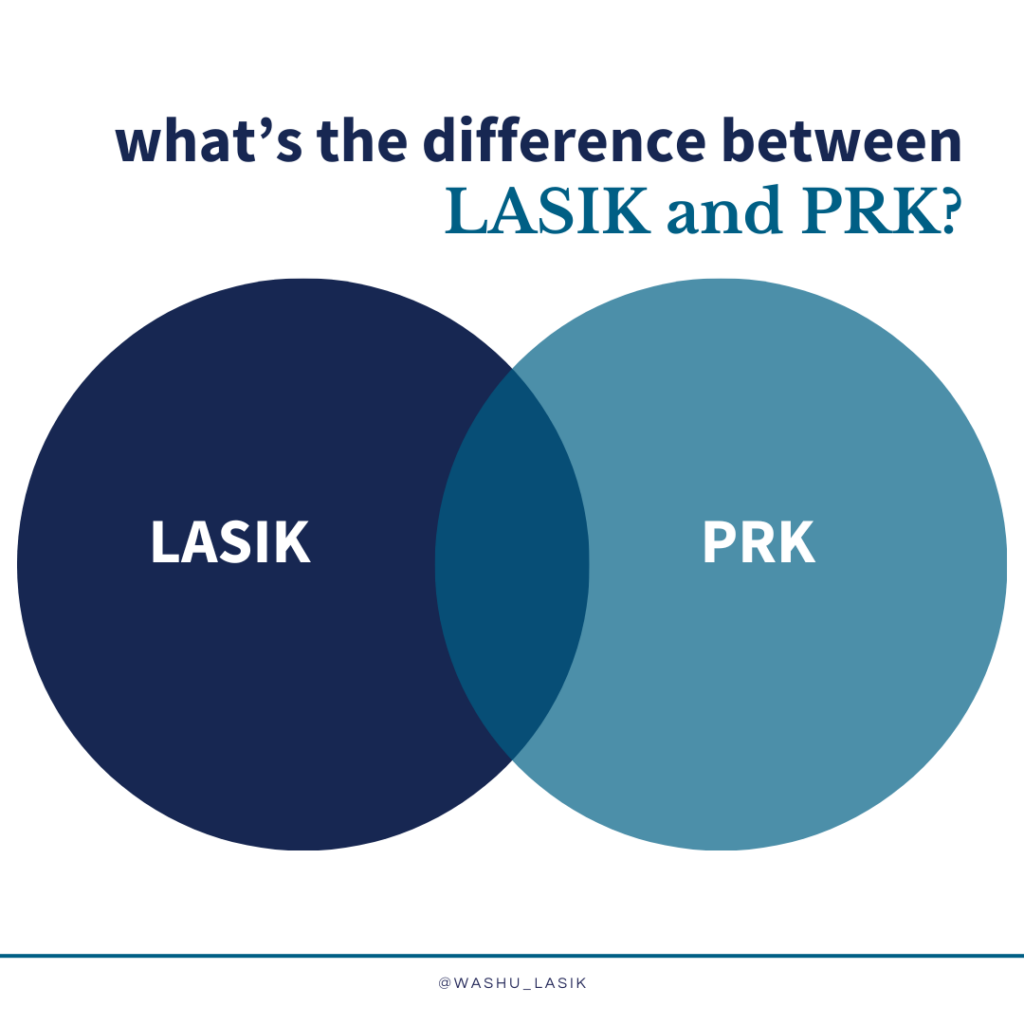Laser eye surgery has revolutionized the field of vision correction, offering alternatives to traditional glasses or contact lenses. Two popular procedures, LASIK (Laser-Assisted In Situ Keratomileusis) and PRK (Photorefractive Keratectomy), stand out as effective solutions for vision correction. Understanding the differences between these procedures is crucial in determining which might be the most suitable option. In this article, we’ll explore LASIK and PRK, their variances, and factors to consider when deciding which procedure might be the right fit for your vision correction needs.
Understanding LASIK and PRK
LASIK and PRK are both laser-based surgeries designed to correct refractive errors such as nearsightedness, farsightedness, and astigmatism by reshaping the cornea. Despite the same objective, the procedures differ in the way they access the cornea and how the surgery is performed.
LASIK involves creating a thin flap in the outer layer of the cornea, which is lifted to allow the reshaping of the cornea using a laser. The flap is then repositioned, promoting faster healing.
PRK involves removing the outer layer of tissue, exposing the area of the cornea that the laser reshapes. The tissue will regenerate naturally in the next 5 days.
Factors to Consider
1. Suitability: LASIK is often preferred for individuals with moderate to high refractive errors or thicker corneas, while PRK might be more suitable for those with thinner corneas or irregular corneal surfaces.
2. Healing Time: Recovery time varies between LASIK and PRK. LASIK generally offers a quicker visual recovery, with most patients experiencing improved vision within a few days. PRK is a longer healing process, with vision improving gradually over several weeks.
3. Lifestyle Considerations: Some professions or hobbies might require specific considerations. For example, individuals engaged in high-impact or contact sports might prefer PRK due to the reduced risk of flap complications.
4. Long-Term Results: Both LASIK and PRK offer excellent long-term outcomes. However, the recovery process and visual results may differ for each individual, depending on their unique eye structure and healing process.
Consultation and Decision
Prior to choosing between LASIK and PRK, it is crucial to undergo a thorough consultation with an eye care professional, such as Dr. Eric Polk. This comprehensive assessment will assess your candidacy, evaluate the overall eye health, and address individual preferences and lifestyle considerations.

Eric Polk, OD, FAAO
Staff Optometrist, Ophthalmology and Visual Sciences
- Email: polk@nospam.wustl.edu
Dr. Polk will guide you through the process, explain the risks and benefits associated with each procedure, and help in making an informed decision based on your specific visual needs and expectations.
LASIK and PRK both offer effective solutions for vision correction, each with its own set of advantages and considerations. Choosing between the two procedures requires a careful evaluation of your individual eye health, preferences, and lifestyle considerations.
Both LASIK and PRK have helped countless individuals achieve improved vision, offering freedom from glasses or contact lenses. Consulting with a qualified eye care professional is the first step in determining which procedure aligns best with your unique needs, ultimately guiding you toward achieving clearer, more comfortable vision.
